Jiaxi Zhang
VerilogReader: LLM-Aided Hardware Test Generation
Jun 03, 2024Abstract:Test generation has been a critical and labor-intensive process in hardware design verification. Recently, the emergence of Large Language Model (LLM) with their advanced understanding and inference capabilities, has introduced a novel approach. In this work, we investigate the integration of LLM into the Coverage Directed Test Generation (CDG) process, where the LLM functions as a Verilog Reader. It accurately grasps the code logic, thereby generating stimuli that can reach unexplored code branches. We compare our framework with random testing, using our self-designed Verilog benchmark suite. Experiments demonstrate that our framework outperforms random testing on designs within the LLM's comprehension scope. Our work also proposes prompt engineering optimizations to augment LLM's understanding scope and accuracy.
Adaptive Reconvergence-driven AIG Rewriting via Strategy Learning
Dec 22, 2023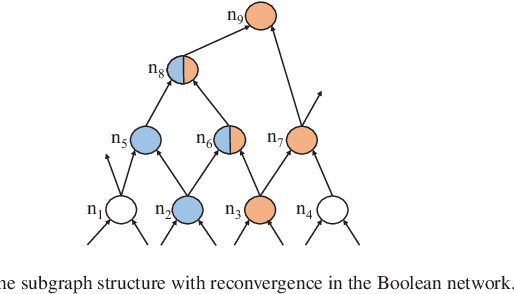
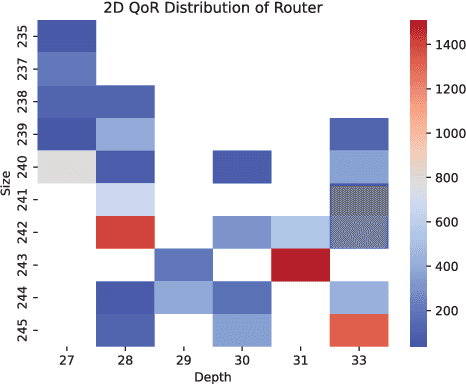

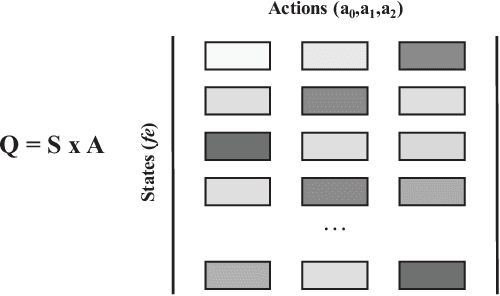
Abstract:Rewriting is a common procedure in logic synthesis aimed at improving the performance, power, and area (PPA) of circuits. The traditional reconvergence-driven And-Inverter Graph (AIG) rewriting method focuses solely on optimizing the reconvergence cone through Boolean algebra minimization. However, there exist opportunities to incorporate other node-rewriting algorithms that are better suited for specific cones. In this paper, we propose an adaptive reconvergence-driven AIG rewriting algorithm that combines two key techniques: multi-strategy-based AIG rewriting and strategy learning-based algorithm selection. The multi-strategy-based rewriting method expands upon the traditional approach by incorporating support for multi-node-rewriting algorithms, thus expanding the optimization space. Additionally, the strategy learning-based algorithm selection method determines the most suitable node-rewriting algorithm for a given cone. Experimental results demonstrate that our proposed method yields a significant average improvement of 5.567\% in size and 5.327\% in depth.
Fast Exact NPN Classification with Influence-aided Canonical Form
Aug 23, 2023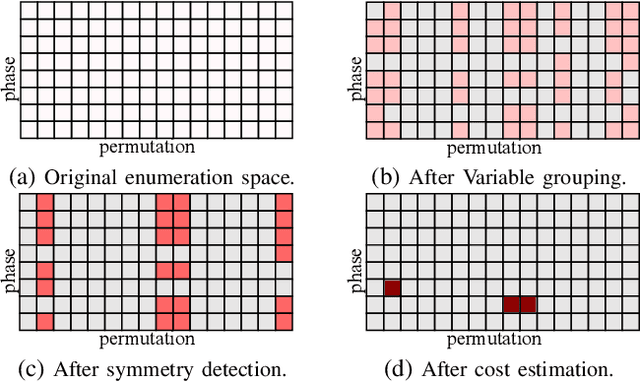
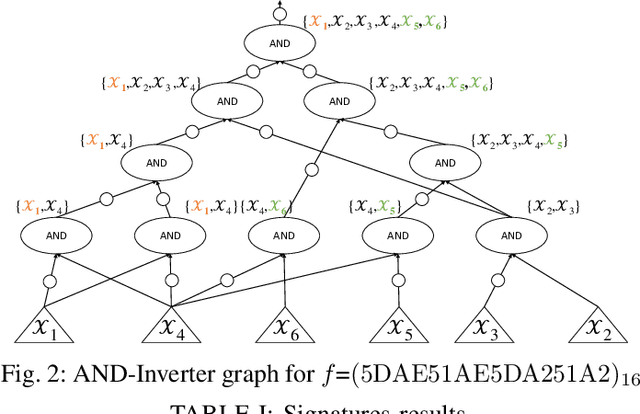
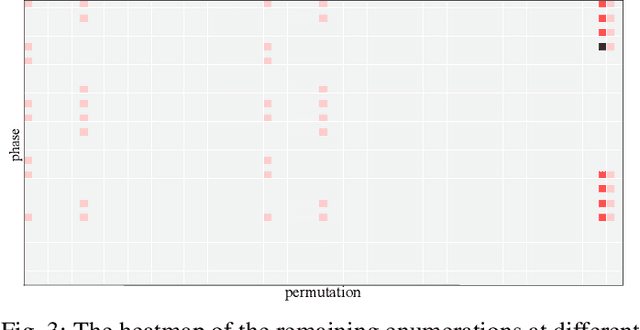
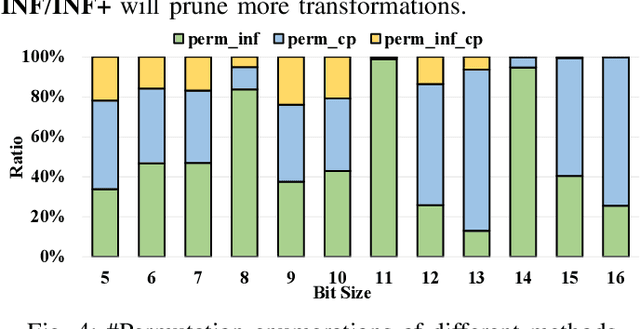
Abstract:NPN classification has many applications in the synthesis and verification of digital circuits. The canonical-form-based method is the most common approach, designing a canonical form as representative for the NPN equivalence class first and then computing the transformation function according to the canonical form. Most works use variable symmetries and several signatures, mainly based on the cofactor, to simplify the canonical form construction and computation. This paper describes a novel canonical form and its computation algorithm by introducing Boolean influence to NPN classification, which is a basic concept in analysis of Boolean functions. We show that influence is input-negation-independent, input-permutation-dependent, and has other structural information than previous signatures for NPN classification. Therefore, it is a significant ingredient in speeding up NPN classification. Experimental results prove that influence plays an important role in reducing the transformation enumeration in computing the canonical form. Compared with the state-of-the-art algorithm implemented in ABC, our influence-aided canonical form for exact NPN classification gains up to 5.5x speedup.
$Radar^2$: Passive Spy Radar Detection and Localization using COTS mmWave Radar
Jan 10, 2022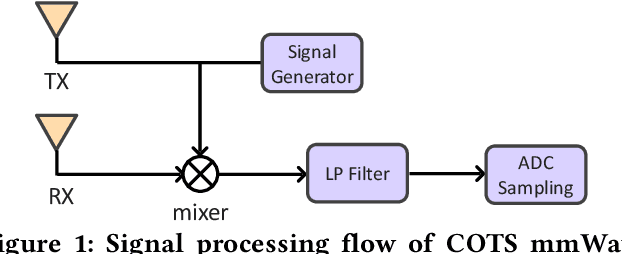

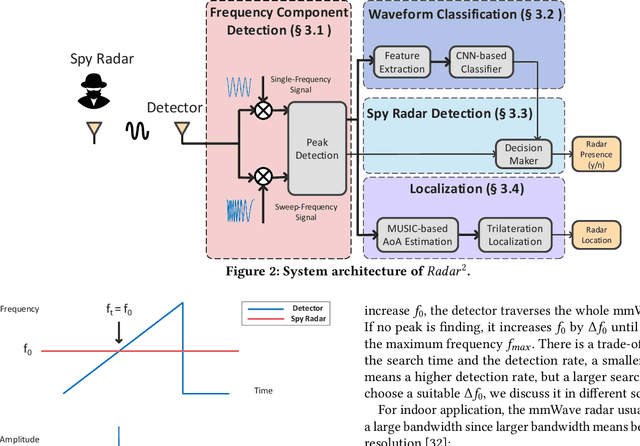

Abstract:Millimeter-wave (mmWave) radars have found applications in a wide range of domains, including human tracking, health monitoring, and autonomous driving, for its unobtrusive nature and high range accuracy. These capabilities, however, if used for malicious purposes, could also lead to serious security and privacy issues. For example, a user's daily life could be secretly monitored by a spy radar. Hence, there is a strong urge to develop systems that can detect and localize such spy radars. In this paper, we propose $Radar^2$, a practical passive spy radar detection and localization system using a single commercial off-the-shelf (COTS) mmWave radar. Specifically, we propose a novel \textit{Frequency Component Detection} method to detect the existence of mmWave signal, distinguish between mmWave radar and WiGig signals using a convolutional neural network (CNN) based waveform classifier, and localize spy radars using the trilateration method based on the detector's observations at multiple anchor points. Not only does $Radar^2$ work for different types of mmWave radar, but it can also detect and localize multiple radars simultaneously. Finally, we perform extensive experiments to evaluate the effectiveness and robustness of $Radar^2$ in various settings. Our evaluation shows that the radar detection rate is constantly above 96$\%$ and the localization error is within 0.3m. The results also reveal that $Radar^2$ is robust against various factors (room layout, human activities, etc.).
Enhanced Fast Boolean Matching based on Sensitivity Signatures Pruning
Nov 11, 2021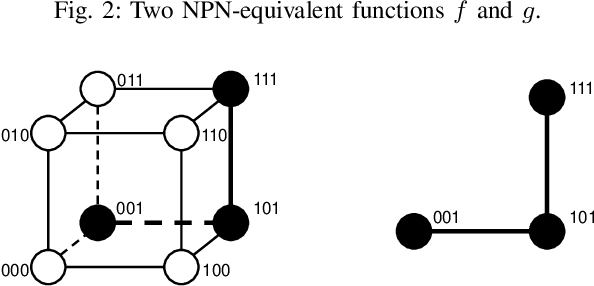

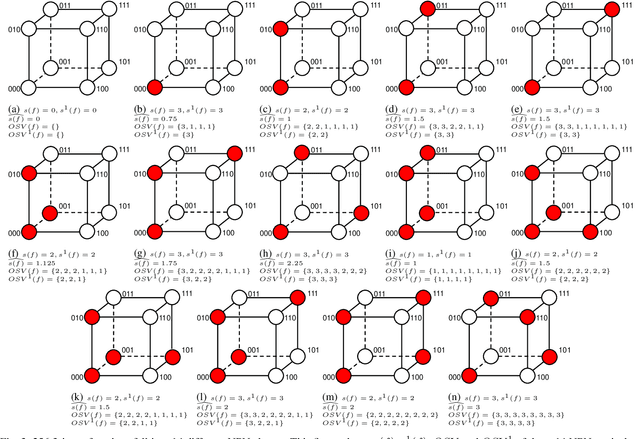
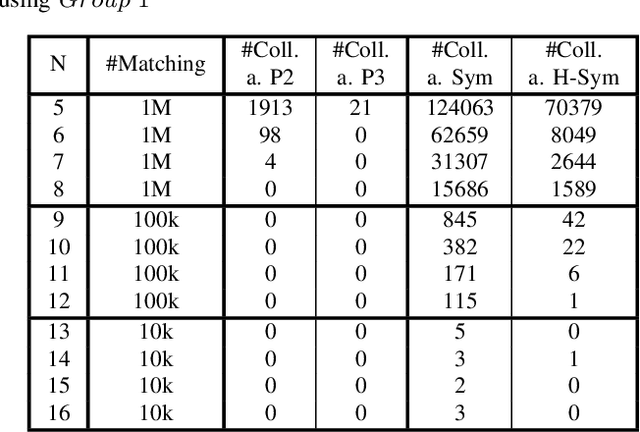
Abstract:Boolean matching is significant to digital integrated circuits design. An exhaustive method for Boolean matching is computationally expensive even for functions with only a few variables, because the time complexity of such an algorithm for an n-variable Boolean function is $O(2^{n+1}n!)$. Sensitivity is an important characteristic and a measure of the complexity of Boolean functions. It has been used in analysis of the complexity of algorithms in different fields. This measure could be regarded as a signature of Boolean functions and has great potential to help reduce the search space of Boolean matching. In this paper, we introduce Boolean sensitivity into Boolean matching and design several sensitivity-related signatures to enhance fast Boolean matching. First, we propose some new signatures that relate sensitivity to Boolean equivalence. Then, we prove that these signatures are prerequisites for Boolean matching, which we can use to reduce the search space of the matching problem. Besides, we develop a fast sensitivity calculation method to compute and compare these signatures of two Boolean functions. Compared with the traditional cofactor and symmetric detection methods, sensitivity is a series of signatures of another dimension. We also show that sensitivity can be easily integrated into traditional methods and distinguish the mismatched Boolean functions faster. To the best of our knowledge, this is the first work that introduces sensitivity to Boolean matching. The experimental results show that sensitivity-related signatures we proposed in this paper can reduce the search space to a very large extent, and perform up to 3x speedup over the state-of-the-art Boolean matching methods.
 Add to Chrome
Add to Chrome Add to Firefox
Add to Firefox Add to Edge
Add to Edge